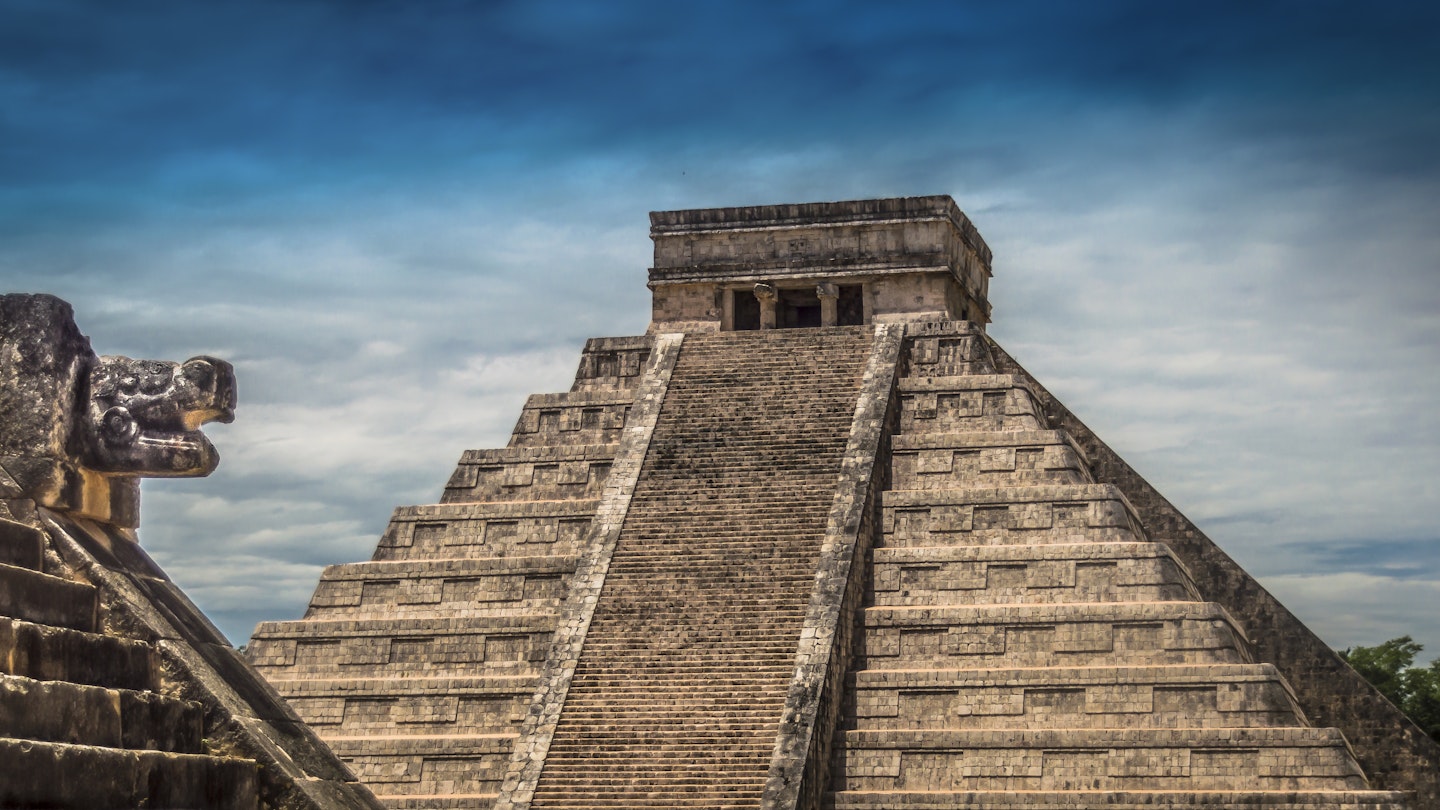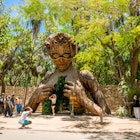The Maya have long awakened travelers’ curiosity on account of the many mysteries enshrouding this pre-Hispanic civilisation. For one thing, the city of Chichén Itzá in Mexico was abandoned by its inhabitants – seemingly without explanation – centuries before the Spaniards arrived at the shores that would one day become the Yucatán Peninsula.
The relationship between the Maya and spirituality, water and their notion of the underworld, has inspired many legends that archaeologists have set out to investigate – and several have proven true and given way to a deeper understanding of this rich culture.
The Temple of Kukulcan, also known as El Castillo, is on many travel bucket lists having been named one of the New Seven Wonders of the World in 2007, but it is the complex as a whole that exceeds travelers’ expectations. Here's more about Chichén Itzá’s history and significance to help you get the most out of your visit.
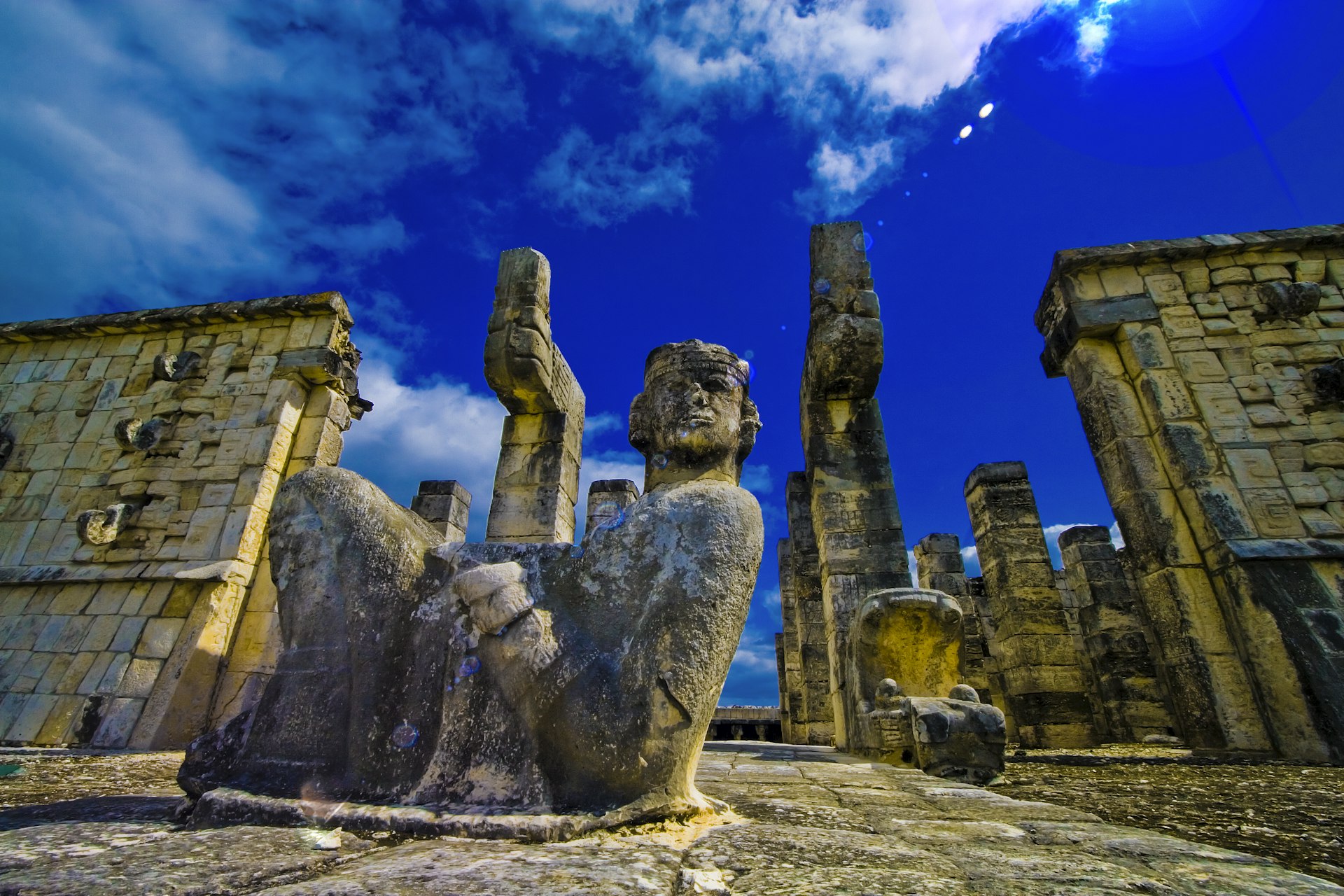
What is Chichén Itzá?
Chichén Itzá is a city where the Maya lived from around 550 to 1200 CE, although it should be noted that estimates vary greatly. While the Temple of Kukulcan is its most famous structure, it is certainly not the only pyramid or interesting building in the compound. Its sheer size is one of the things that sets it apart from other archaeological sites. It currently occupies about 4 sq miles (10 sq km), but its original size was probably closer to 10 sq miles (25 sq km). For this reason, it is believed that many more structures could be hidden by the jungle. At its peak, the city was home to some 35,000 people.
Archaeologists believe that a “sacred geography” led the Maya to design Chichén Itzá. There appears to be a correlation throughout Mesoamerica between the landscape beneath the earth’s surface and the Maya constructions above it. The pattern seems to be that structures are built near caves, tunnels or cenotes (natural sinkholes).
Caves were important to the Maya cosmos – they're where eternal darkness reigned and important deities lived. If a balance wasn’t maintained between them, misfortune could occur. If, on the other hand, order prevails in that region, riches are bestowed on the land, such as rain. El Osario building, for example, is built over a natural cavern.
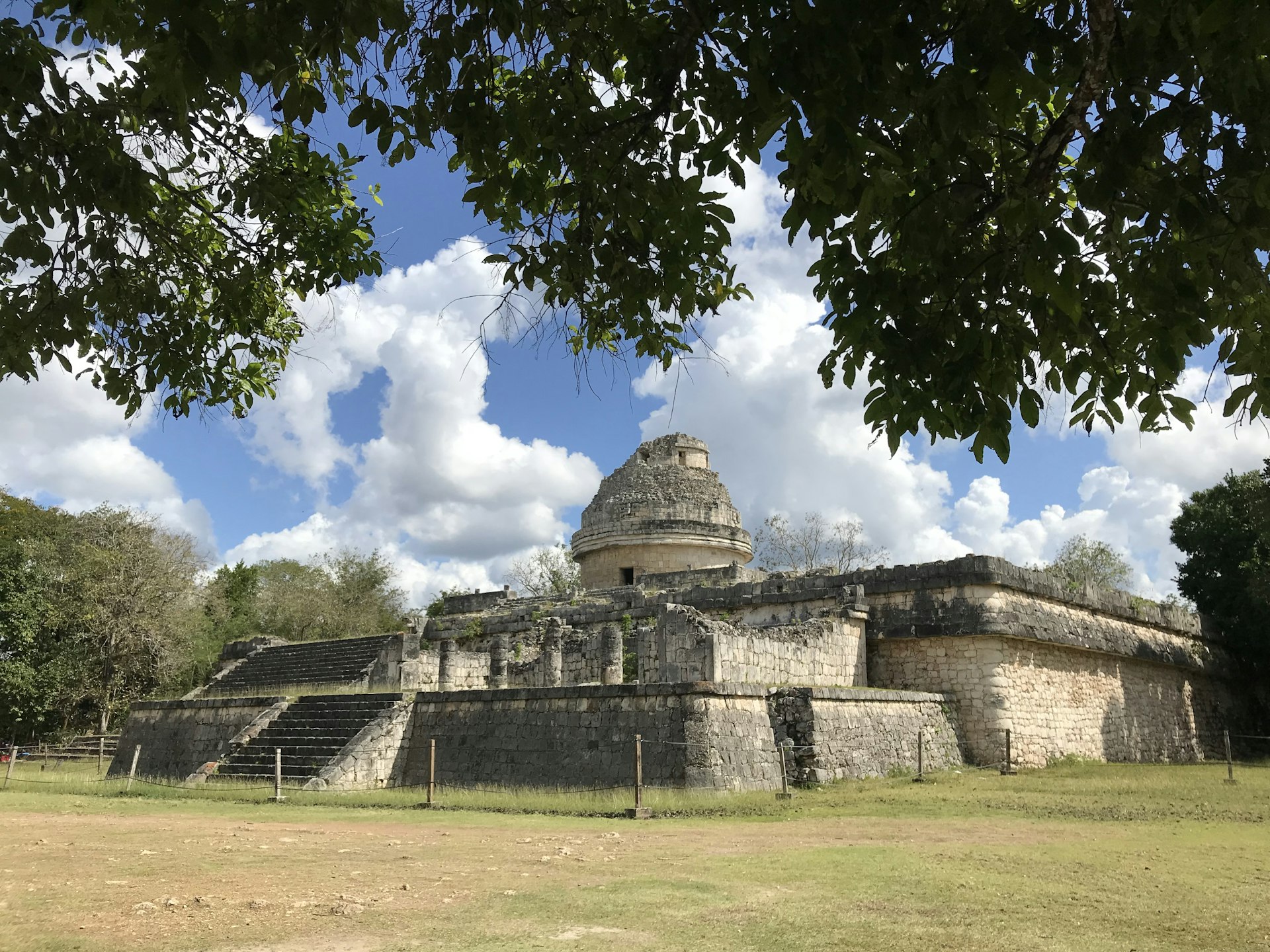
Special features at Chichén Itzá
El Castillo
The Temple of Kukulcan, better known as El Castillo (“The Castle”), is the main building at Chichén Itzá. It’s 24-m-high and has a total of 365 steps – one for each day of the year. The temple itself is found all the way at the top and studies have shown that there could be a large body of water beneath it, which archaeologists take to be a cenote.
El Caracol
Known as “The Snail” on account of the spiral shape it hides within, El Caracol is considered to be an observatory, with astronomy as its main function. Openings in its walls and dome face towards Venus and align with certain stars on specific dates. Interestingly, the Maya carried out their observations without any type of apparatus.
Temple of the Warriors
The Temple of the Warriors is flanked to the south and west by columns carved with intricate images of Toltec warriors – denoting the Toltec influence on the site – which belong to the adjoining Group of the Thousand Columns. A sculpture of Chacmool, the Maya god of the rain, can be found here.
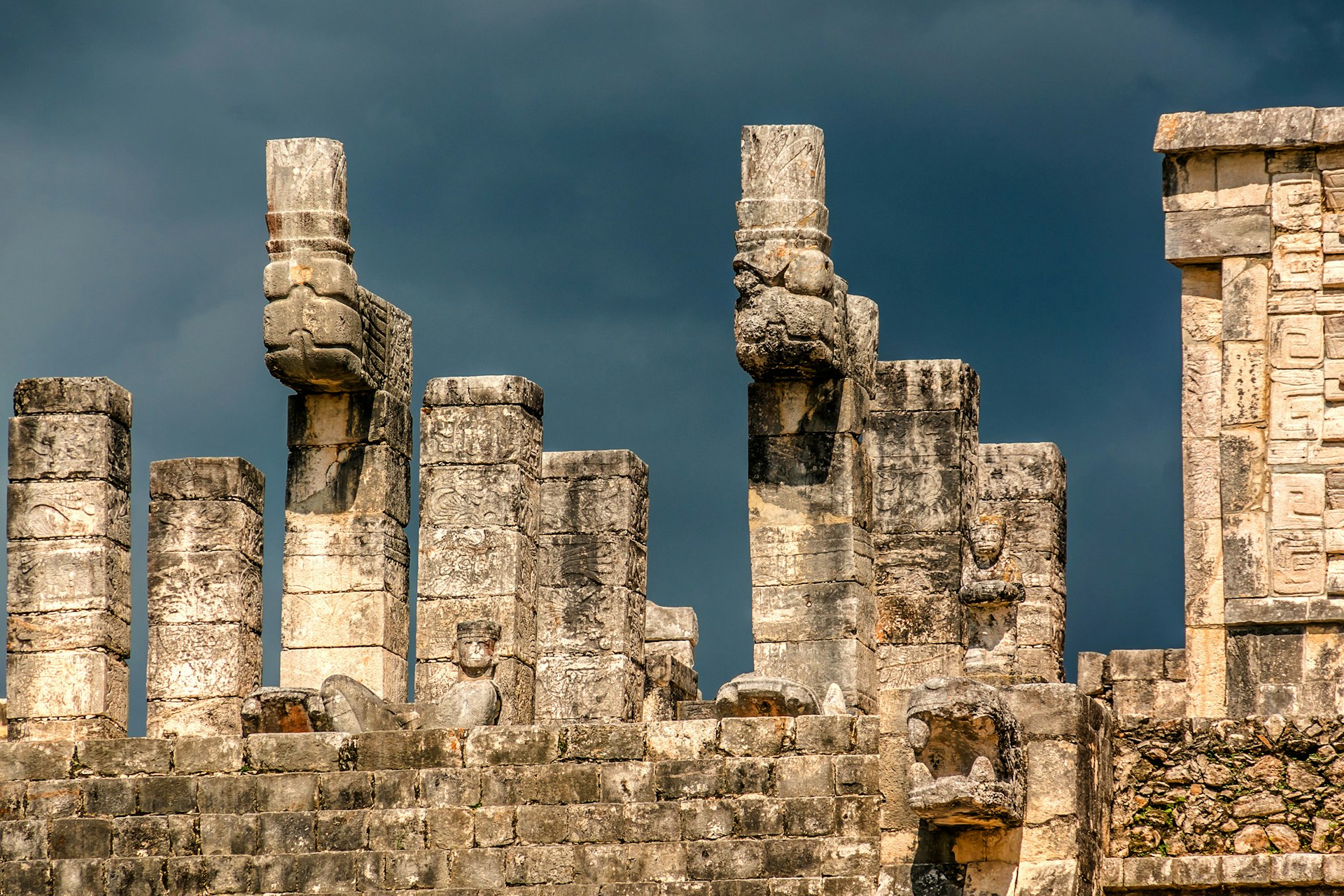
The Ball Court
The ball court is considered the largest in the Americas. The ball game played by the Maya resembled modern-day soccer, except that the ball was made of hard rubber and weighed approximately 8lbs (4kg), and it could only be touched with the hips and the thighs. Legend has it that one of the teams was sacrificed after the game – although it has yet to be determined whether it was the winning or the losing team.
Sacred Cenote
The Sacred Cenote was believed to be one of the entrances to the underworld. To the Maya, water connects life with the spiritual world. Long believed to be a spot where female virgins were sacrificed to the gods, studies have found that there are also remains of males and children, which points to this being an underwater cemetery where families honored their dead, probably in addition to this being a sacrificial spot.
What does its name mean?
Given the religious importance of cenotes – which, incidentally, were the only source of water in the area – it’s not surprising that two sinkholes found nearby are believed to have given Chichén Itzá its name. According to Encyclopaedia Britannica, Chi means “mouths,” chen means “wells” and the Itzá were the Maya tribe that settled in the area.
The not so literal translation is thought to be "At the edge of the well of the Itzaes," which is also fitting.
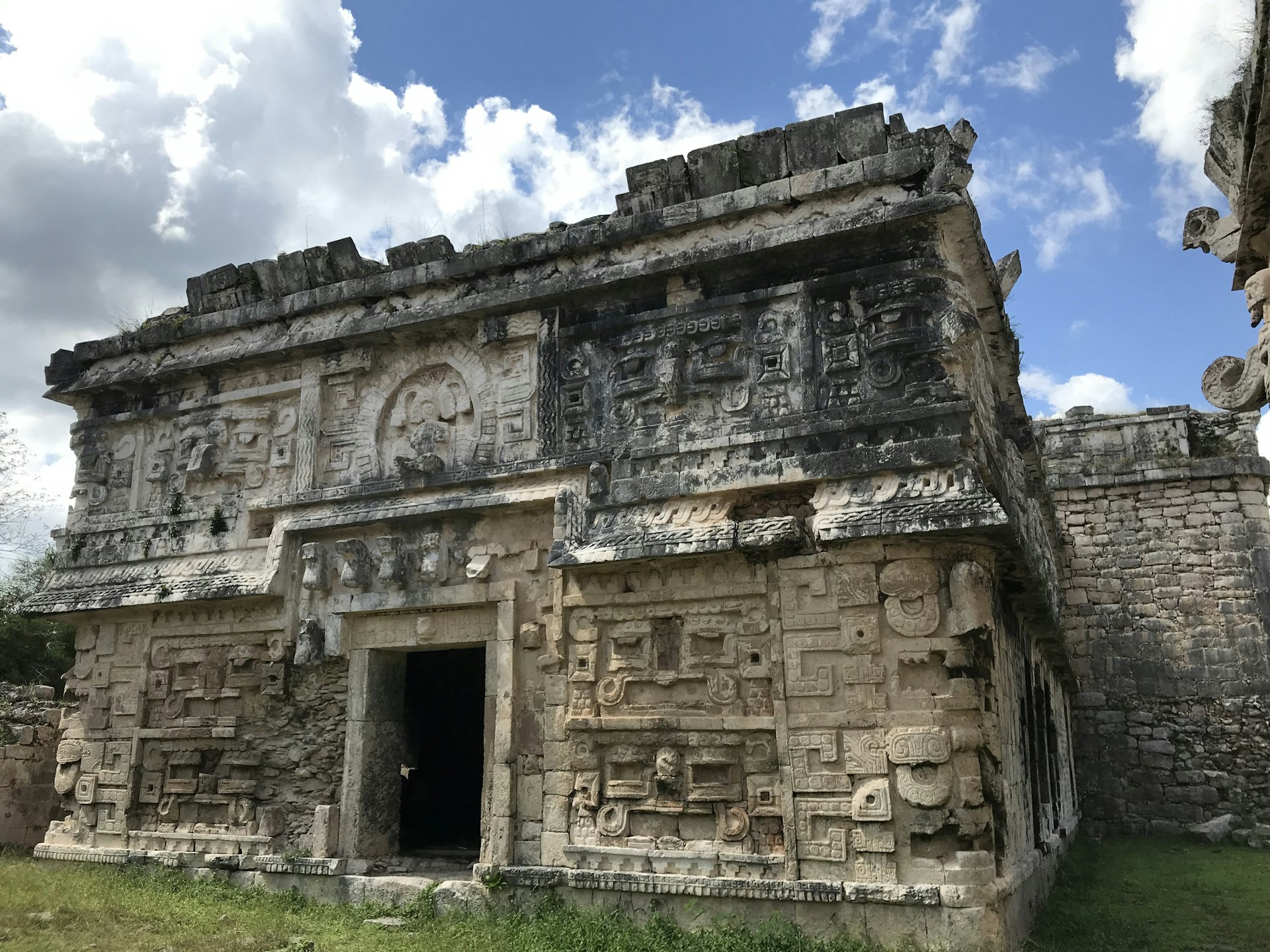
Chichén Itzá’s connection to spirituality and astronomy
The Temple of Kukulcan owes its name to the main god of the Maya, Kukulcan, who is believed to be the Maya representation of Quetzalcoatl, the “feathered snake god” revered by the Aztec and the Toltec.
Kukulcan is the protagonist of one of the most important events in Maya culture: a light and shadow phenomenon created by pre-Hispanic architects based on the position of the stars. On each equinox, a light show representing Kukulcan fertilizing the earth and descending into the underworld can be witnessed for a duration of 45 minutes at the northern end of El Castillo. Undoubtedly, this is a grand display of the knowledge of astronomy held by the Maya, and it goes without saying that these are the busiest times of the year to visit Chichén Itzá.
Planning your trip to Chichén Itzá
Chichén Itzá is currently closed on account of COVID-19. Its reopening is contingent on the Mexican federal government’s guidelines, which follow a traffic light-style labelling system based on the saturation of hospitals in each state. Check the official Chichén Itzá website before planning your trip.
Best time to go
If you want to experience the light and shadow show, go on March 21 or September 22, but keep in mind that the complex will be at its most crowded. The sweltering heat is a constant throughout the year, but November through January will be slightly cooler. If you want to have the place to yourself to snap pictures you’ll actually be proud of, make sure you arrive very early (the site opens at 8am every day of the year) and be done by noon, which is when most tour buses arrive.
Entry cost
Foreigners: MEX$481 (around US$22; £17); nationals: MEX$202 (around US$9; £7).
How to get there
Chichén Itzá is 26 miles (42km) from Valladolid; 76 miles (122km) from Mérida; and 124 miles (200km) from Cancún.
Insider tips
- Consider picking up a couple of nice handicrafts at the many stalls found at Chichén Itzá.
- End the day with a dip at nearby Ik Kil cenote. This place is stunning but it’s far from being a hidden gem, so make sure you arrive at Chichén Itzá early so you can also beat the crowds at Ik Kil. It’s a very refreshing experience after a day spent walking under the sun.
You might also like:
We drove across the Americas - here are our 7 most scenic routes
Where to celebrate Día de Muertos in Mexico
Riviera Nayarit is Mexico’s best low-key coastal road trip

